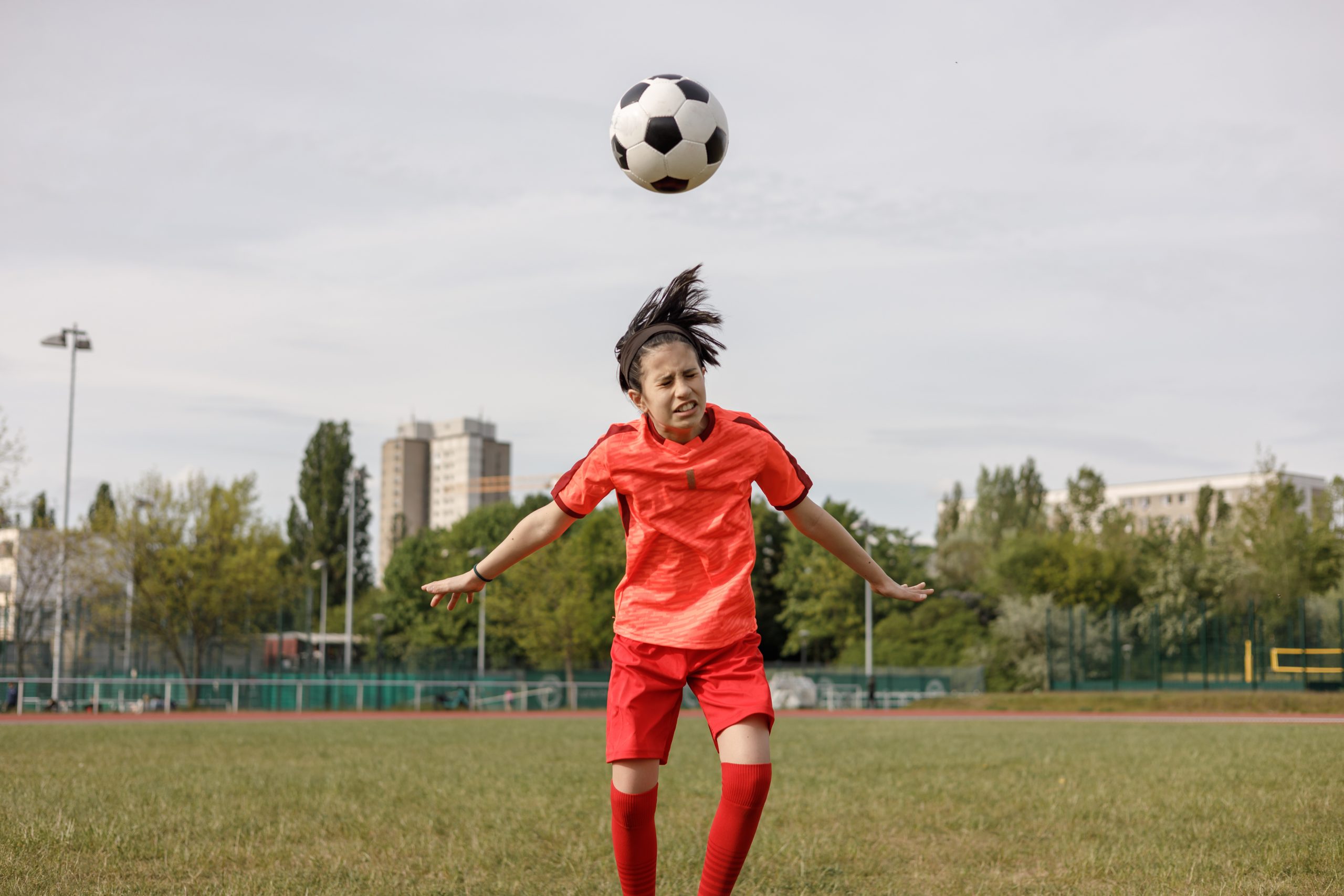Adam’s Journal
In addition to your day job as a physician-researcher at the Oklahoma Medical Research Foundation, I know you spend a good deal of time and energy as a referee for youth soccer. With the fall season recently having come to an end, I wondered whether there were any issues that stood out to you as a person who wears both a zebra-striped jersey and a white lab coat?
Dr. Scofield Prescribes
In youth soccer, there are two major injury trends in the spotlight: concussions and knee injuries, particularly those to the anterior cruciate ligament. Because we recently talked orthopedics and Chet Holmgren’s hip, I’ll save the ACL discussion for a future column. Here, let’s focus on head injuries and, specifically, girls and their increased risk of concussions.
Over the past decade, research has consistently found that in organized youth soccer, girls suffer concussions at a higher rate than boys.
The most recent comprehensive study was published in the journal JAMA Open Network in 2021. It reviewed data from all high-school soccer players over a three-year period in Michigan, which has a state law mandating the reporting of all head injuries sustained in high-school athletics.
Although a slightly higher number of boys played soccer, the study found that in each year, girls suffered significantly more concussions. In all, girls were about twice as likely to be concussed as boys, with the risk – and disparity – highest among ninth graders.
The study also noted some other interesting differences. While boys were most likely to suffer a concussion from a head-to-head collision with another player, the most frequent cause of girls’ head injuries was impact with another object – most often the ball, but sometimes a goal post. Girls also apparently took longer to recover, with boys returning to practice or play an average of two days faster. Finally, boys were more likely to be removed from play immediately after a suspected head injury than girls.
The reasons for these disparities are not well understood and almost certainly stem from a variety of factors. However, experts suspect that girls’ higher rates of concussions may be attributable, at least in part, to the fact that boys have stronger and broader necks. At the cellular level, there are sex differences in axons – key neurological players in the brain – that could also make girls more at risk for concussions.
Increasingly, we’re seeing a movement to limit or even eliminate the practice of heading the ball, especially at younger ages, both in practices and games. This is a good first step, but others will be needed, as concussions can pose major health risks.
In the short-term, a second concussion soon after a first can be extremely dangerous, even life-threatening. And in the long term, repeated head trauma can cause chronic traumatic encephalopathy, a dementia-like condition.
With soccer now the world’s most popular participation sport, we need to continue to look at ways to reduce concussions and the risks that they carry, especially for developing brains. One promising approach appears to be the use of lower-jaw mouthguards. In youth sports such as football and hockey, studies have found a reduction in concussions – likely due to jaw stabilization – compared both to no mouthguards and upper-jaw mouthguard.
–
Adam Cohen is senior vice president and general counsel at the Oklahoma Medical Research Foundation. Dr. Hal Scofield is a physician-scientist at OMRF, and he also serves as Associate Chief of Staff for Research at the Oklahoma City VA Medical Center. Send your health questions to contact@omrf.org.



